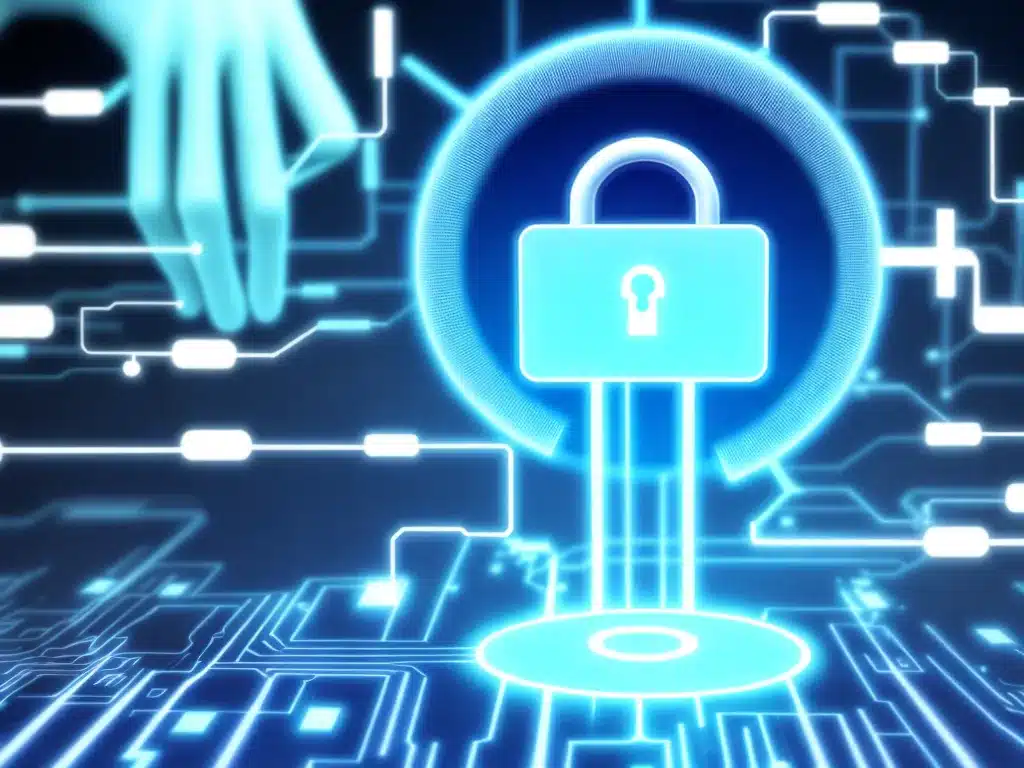Introduction
The Internet of Things (IoT) refers to the billions of internet-connected devices, sensors, and systems in homes, businesses, and cities. As IoT adoption grows, so does the potential attack surface for hackers. Most consumers focus on the convenience and efficiencies enabled by IoT, often overlooking the security risks. However, as I connect more IoT devices to my home network, I need to understand the threats they may pose to my personal data and privacy. In this article, I will explore the overlooked security risks of IoT and steps I can take to protect my information.
The Expanding IoT Environment
The IoT encompasses a wide range of devices and systems, including smart home devices, wearables, vehicles, medical devices, industrial control systems, and more. There are currently over 25 billion IoT devices worldwide, a number expected to grow to 75 billion by 2025. As consumers, we appreciate the conveniences provided by IoT devices. I rely on voice assistants to control my smart home devices and provide information, fitness trackers to monitor my health and activity, and smart security systems to protect my home.
However, most consumers neglect to consider the security implications of connecting so many aspects of our lives to the internet. Each IoT device I use represents a potential entry point for attackers trying to access my personal information and networks. Most consumers lack visibility into the complex web of interconnected devices and systems comprising the IoT environment in their homes. But not securing my expanding IoT footprint puts me at significant risk.
IoT Security Risks and Vulnerabilities
IoT devices and systems often suffer from weak security protections and vulnerabilities that attackers can exploit. Here are some of the most significant IoT security risks I face:
-
Default, weak, or reused passwords: Many IoT devices use factory default passwords that are easy for hackers to guess. Devices rarely prompt you to change these credentials during setup. IoT devices also tend to use weaker encryption standards than computers or smartphones.
-
Lack of encryption: IoT traffic is often unencrypted, allowing hackers potentially easy access to any personal data being transmitted from wearables, smart home devices, and more.
-
Lack of security patching/updates: Many IoT devices receive infrequent or no security updates during their usable lifetime, leaving them vulnerable to new methods of attack.
-
Insecure data storage: IoT devices and associated cloud ecosystems may store user data insecurely or indefinitely, increasing exposure.
-
Lack of visibility into connection points: The average home has over 10 IoT devices, often set up on consumers’ behalf by third parties. Most consumers are unaware of new connection points and protocols added to home networks for IoT.
These vulnerabilities allow hackers a variety of entry points to access home or corporate networks and compromise sensitive user data, including:
- Personal information like names, birthdates, location data
- Confidential business data like customer records or trade secrets
- Medical information from connected wearables and health devices
- Financial account details, credit card numbers
- Home monitoring data like security footage
Impacts of IoT Security Breaches
Lax security protections and increasing connection points make consumers prime targets for attackers. Compromised IoT devices can serve as entry points into home networks and connected systems and appliances.
Once inside the network perimeter, attackers can:
- Steal personal data like account credentials, social security numbers, and more
- Compromise smart appliances to create dangerous situations
- Install malware like spyware or ransomware
- Gain access to corporate networks to steal intellectual property
These types of breaches can result in identity theft, financial fraud, or intellectual property theft. Medical device hacks could even endanger human lives.
Securing My Connected Environment
While IoT manufacturers bear some responsibility for providing secure devices, consumers must also take proactive steps to protect their data. Here are best practices I recommend to secure my expanding IoT environment:
Know Your Assets
-
Inventory devices: Catalog all IoT devices and systems connected to your network. Identify the make, model, age, and security protocols.
-
Classify data: Identify the type of data each IoT device stores or transmits. This enables proper precautions for sensitive data.
-
Assess risks: Perform security testing to identify vulnerabilities in IoT devices that could be exploited.
Harden Security
-
Change default passwords: Upon setup of any new IoT device, immediately change the default password to one that is unique and strong.
-
Enable encryption: Turn on encryption capabilities on IoT devices and WiFi networks transmitting sensitive data. Require encrypted protocols like SSH/TLS when available.
-
Install updates: Download security patches and firmware updates as soon as available to fix known vulnerabilities. Turn on auto-update capabilities when possible.
-
Limit permissions: Only enable required network access, software capabilities, and data sharing on IoT devices and apps. Revoke unnecessary privileges.
Maintain Vigilance
-
Monitor traffic: Use network monitoring tools to watch for unusual spikes in IoT traffic that could indicate a breach.
-
Watch for weak signals: Note any odd behaviors from devices that could hint at a compromised state.
-
Update strategies: Review and revise security steps on a regular basis to account for new devices and threat intelligence.
Conclusion
The IoT revolution provides convenient capabilities but also introduces overlooked security risks that consumers must address. With billions more connected devices entering our homes, proactively identifying and hardening vulnerabilities is essential to protecting our personal data. Though no solution is 100% foolproof, taking ownership of securing my IoT environment will greatly reduce the chances of a damaging breach.












